
New Zealand’s 20 Forest Parks preserve much of the ancient beauty and grandeur of our native forests. The parks are administered by the Department of Conservation (DOC), which protects these fragile areas from damage by introduced predators and from further inroads by human activity.
The Forest Park system comprises 13 parks in the North Island and 7 in the South Island, covering a huge diversity of topography, forest types and wildlife. The far north of the North Island is characterised by subtropical rainforest and magnificent kauri trees, while the central region has dense podocarp forest, open tussock tops, scenic rivers and volcanic landforms.
The top of the South Island boasts historic trails over bush-clad mountains, with special delights such as alpine herb fields, sparkling lakes, and hot springs. The lower south has vast tussock lands, rock tors, gold mining heritage sites, winter ski areas and luxuriant coastal forests.
The comprehensive system of tracks in our Forest Parks is based on three general categories. ‘Short walks’ are suitable for travellers who can stop briefly and stroll to a significant viewpoint. ‘Walking tracks’ are usually rough blazed trails up to three hours long. ‘Full day’ and ‘multi-day walks’ are on what Kiwis term tramping tracks, leading deep into wilderness areas.
The Forest Parks are managed on multiple-use principles and a typical park might sustain many recreational activities like bushwalking, tramping, fishing, timber production, deer hunting, and possum trapping. Tramping is the main activity and all DOC offices and visitor centres can offer advice, pamphlets and maps to help you plan your trips.
In terms of accessible wilderness areas, New Zealand is one of the most richly endowed countries on the planet. We would like visitors to share the Kiwi heritage of the great outdoors and enjoy the peace and natural beauty of our Forest Parks.

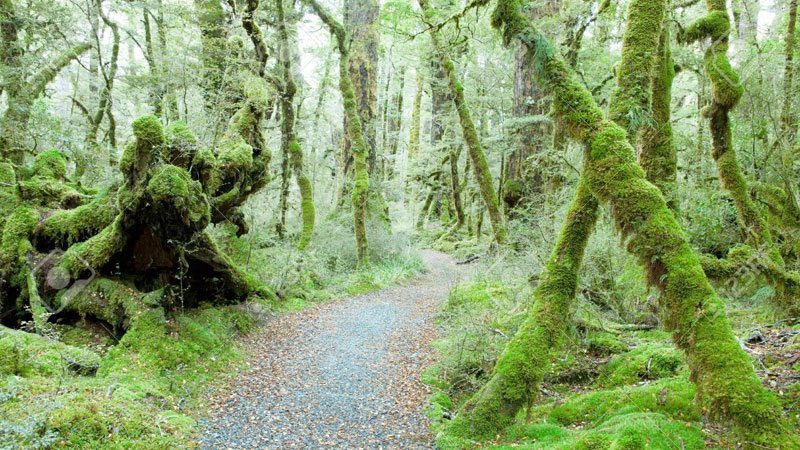
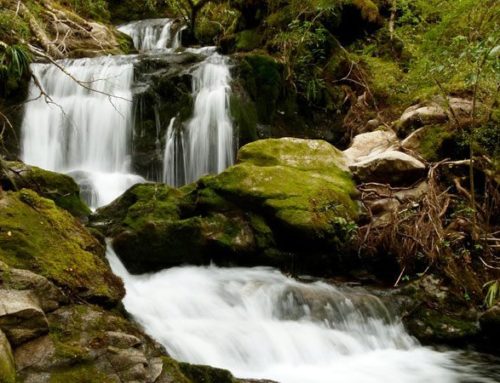
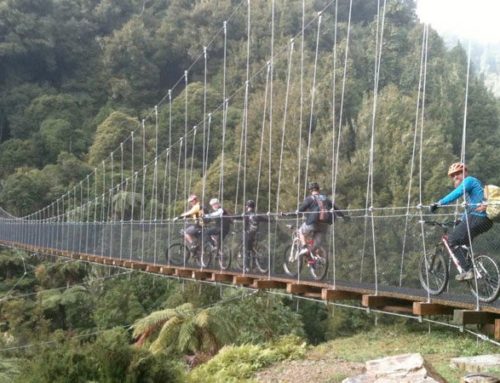
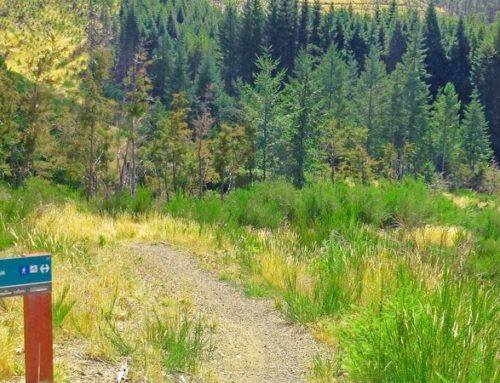
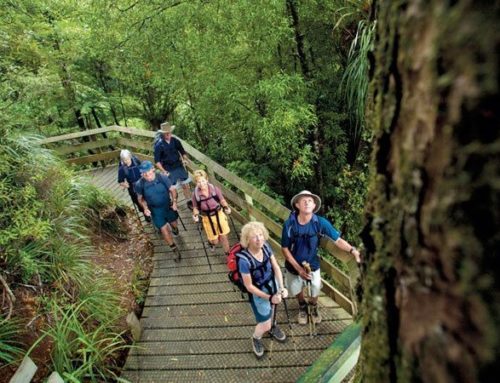
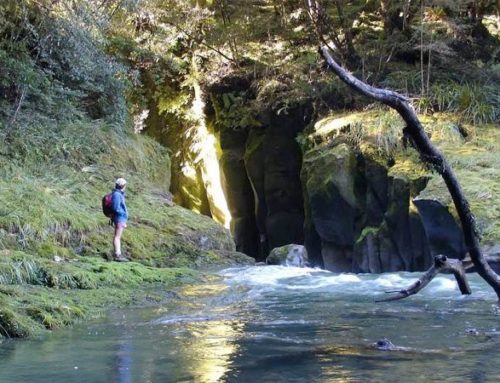
Leave A Comment